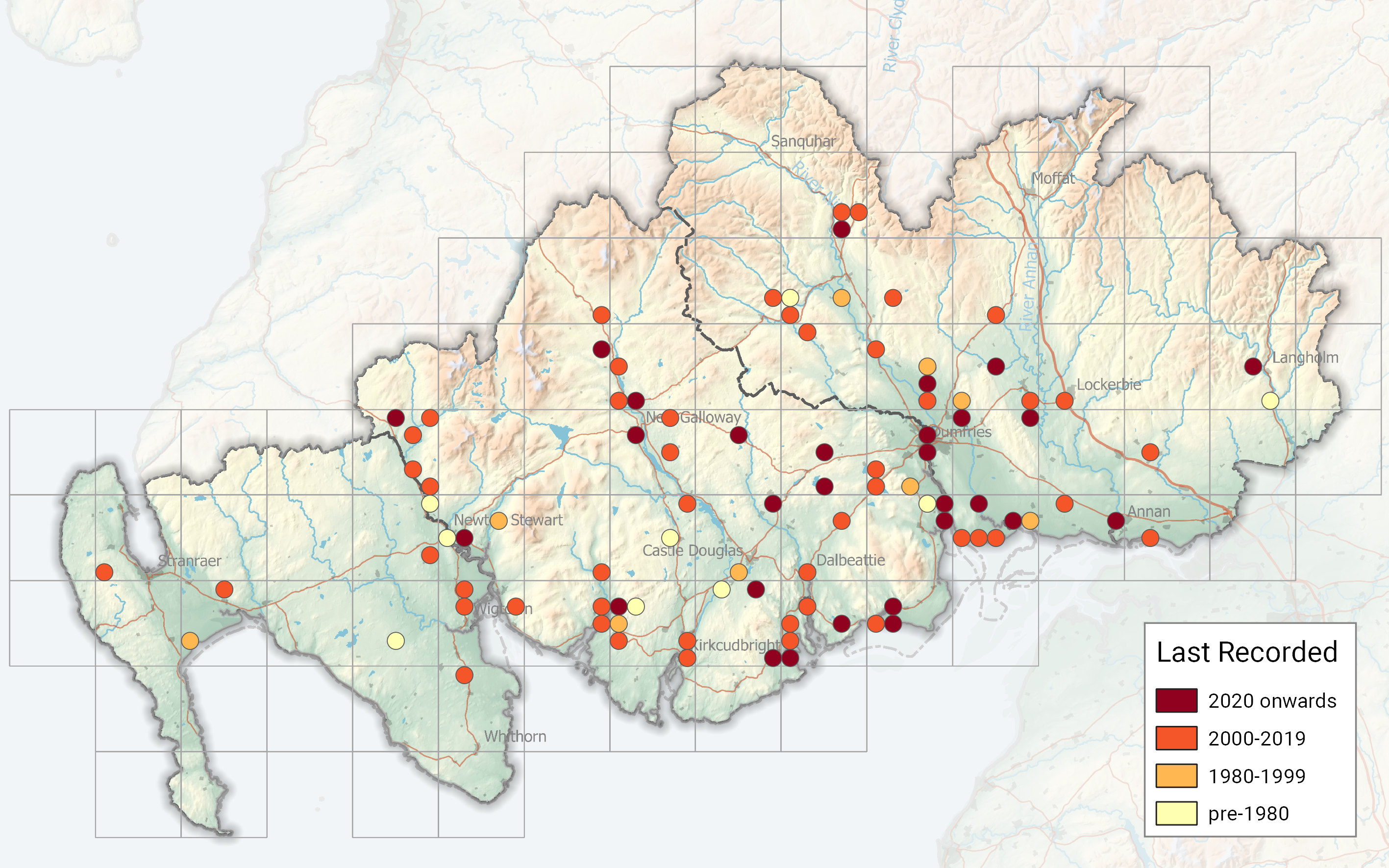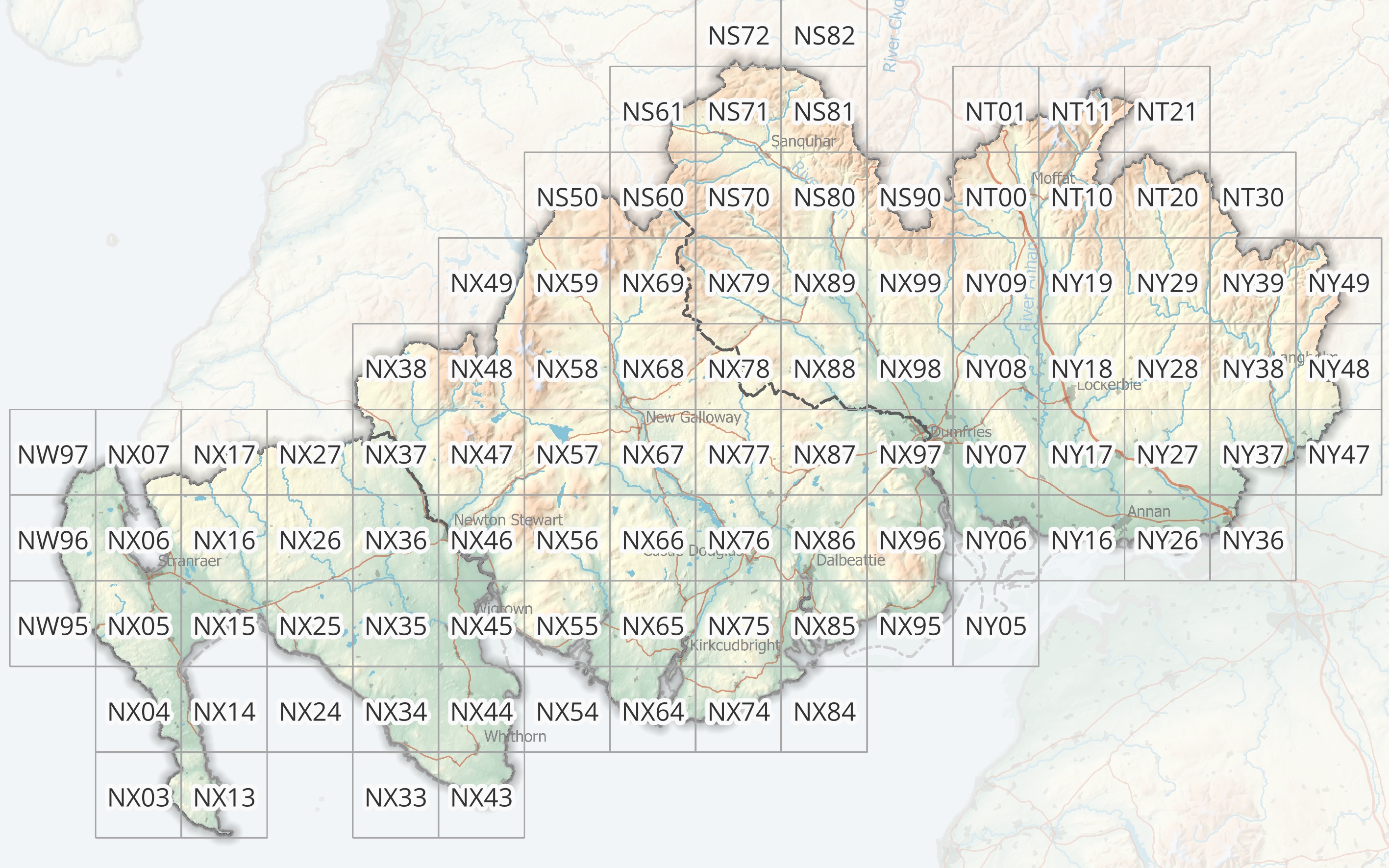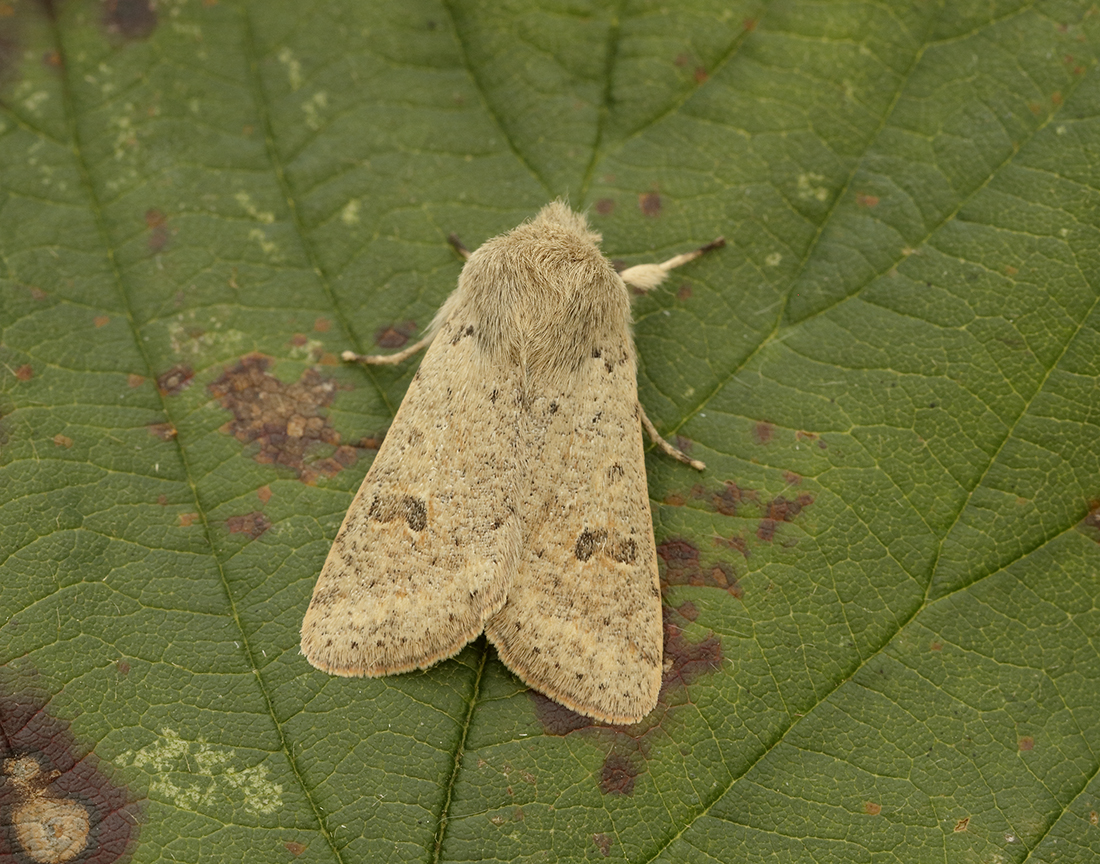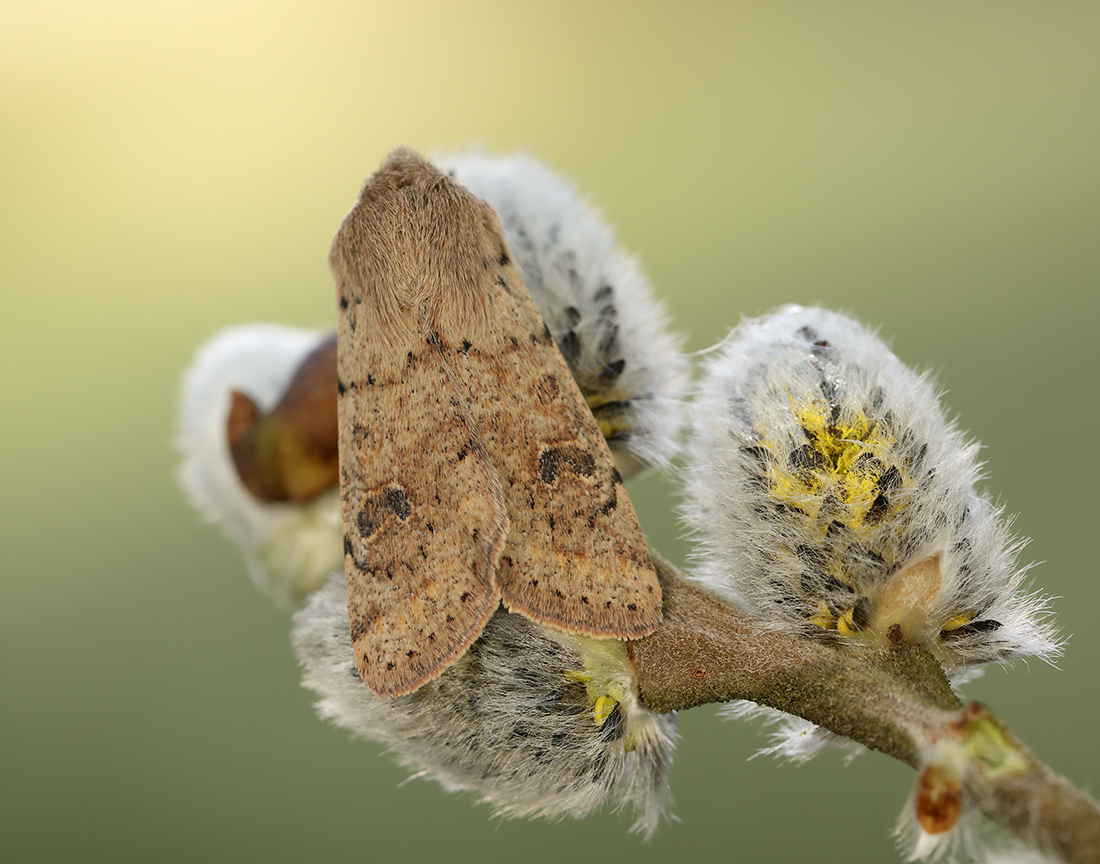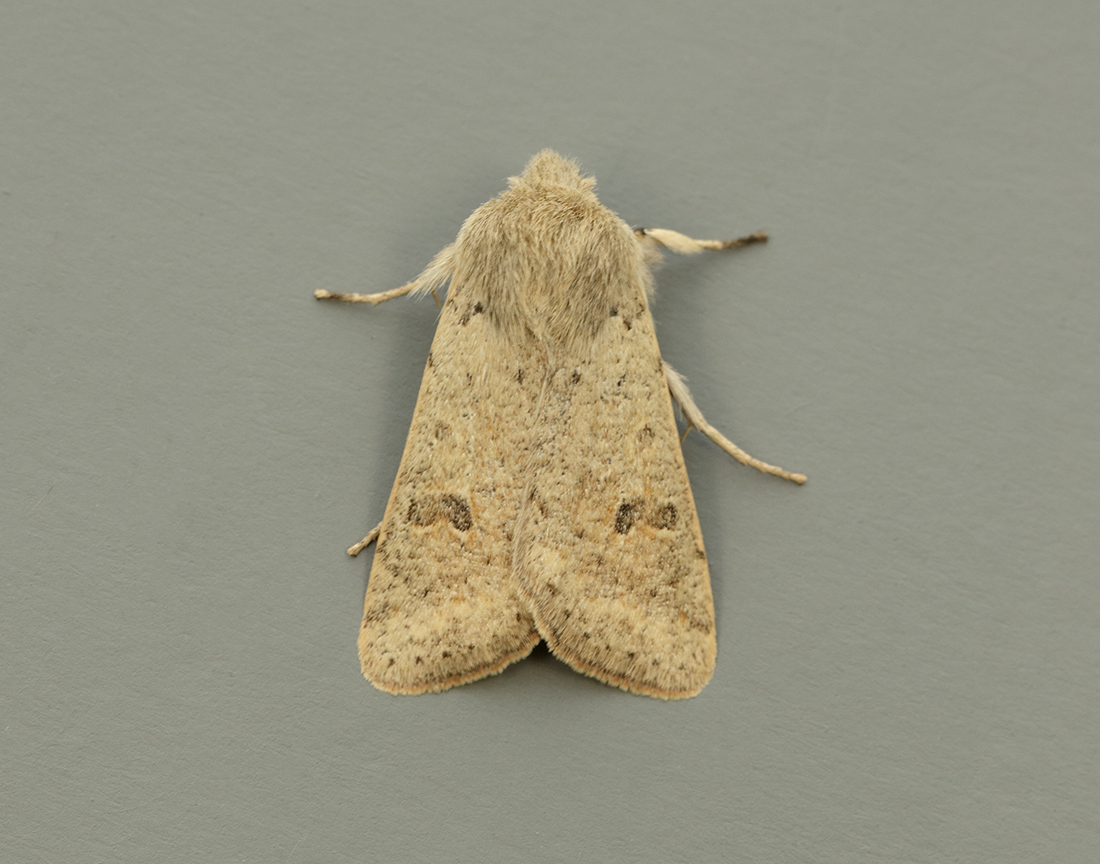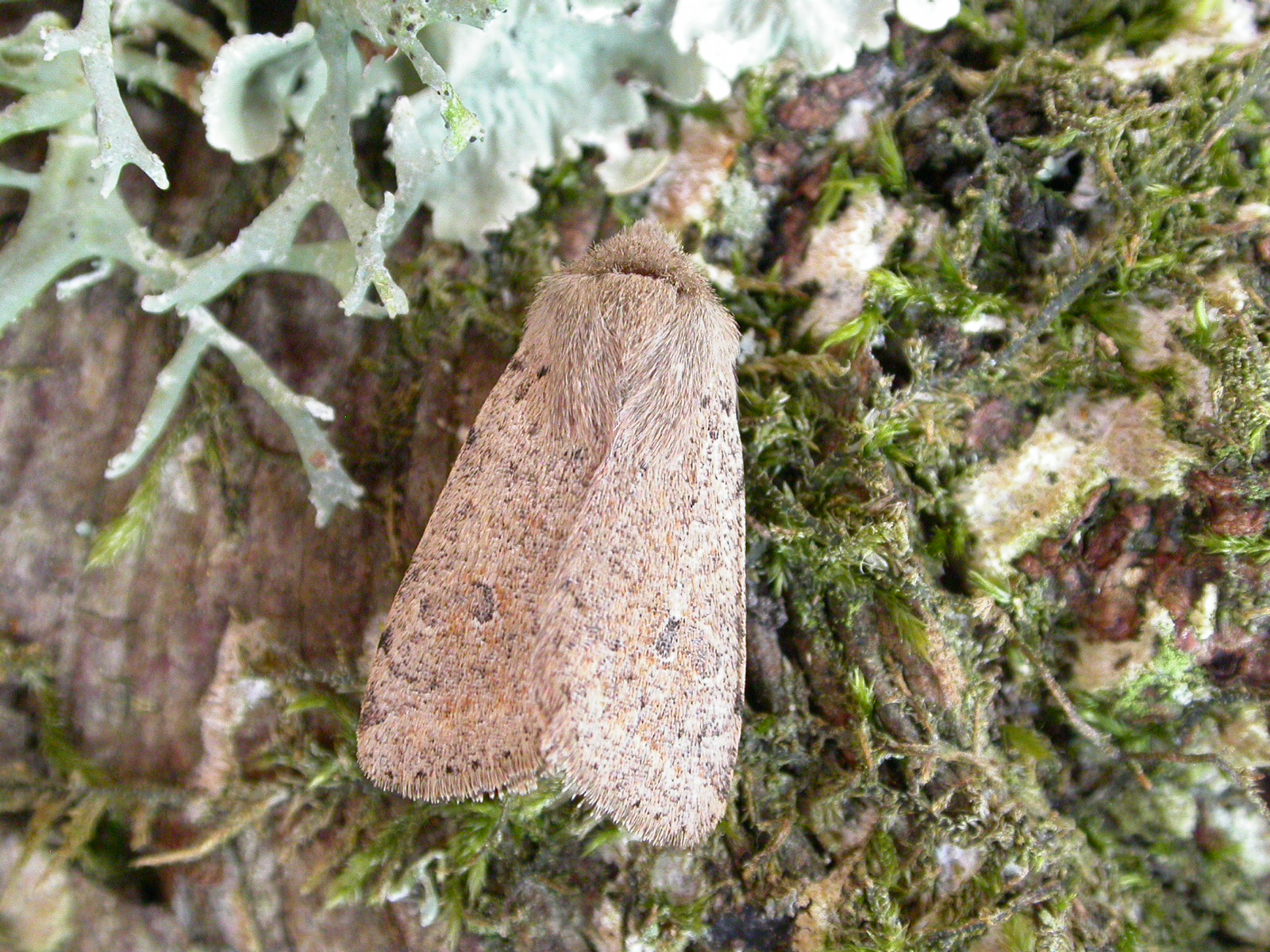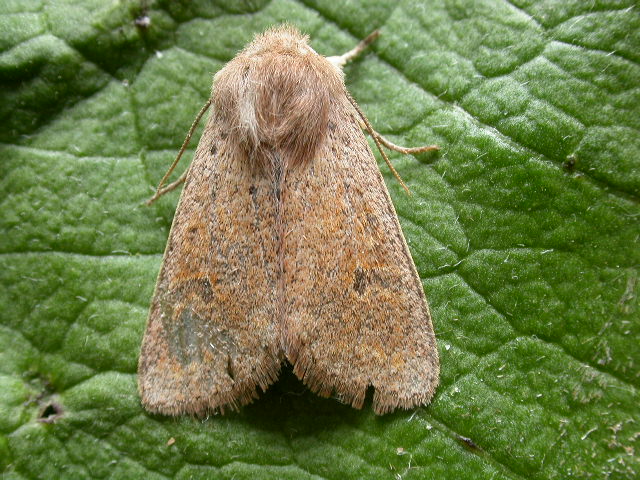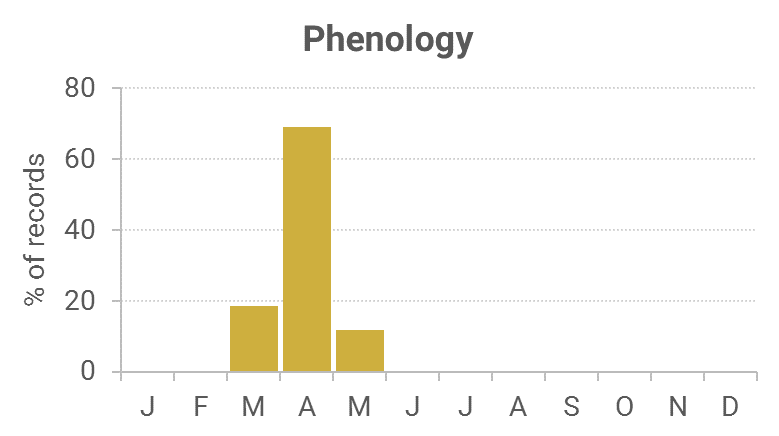Identification
Small size, plain, variable colour of the forewing that also has a rough texture, together with the early flight period, will identify it.
Recording Method.
Attracted to light, also comes to sugar and flowers.
Life cycle
One generation. Overwinters as a pupa in an underground cocoon, with the adult fully formed inside. Larvae are present April to early June, hiding by day and feeding by night.
Larval foodplants
Chiefly oaks, but also Downy Birch, Field Maple, Hazel and sallows.
Habitat
Wet heathland, wooded areas and broadleaved woodland, also hedgerows and gardens.
History
Gordon (1913) thought it was rare, having taken two at sallow at Corsemalzie on 7th April 1896 and another on the same sallow, 4th April 1906.
Archibald Russell (1944) listed it as occurring near Gatehouse of Fleet during the years 1942-43. Sir Arthur Duncan (1909-84) during his lifetime had found it at Closeburn, Tynron and Castlehill, Dumfries (all VC72) and on Kirkconnell Flow (VC73).
A fine series were trapped at Irvine House Lodge, Auchenrivock (VC72) in 1974, and from the following year, all seven Rothamsted stations trapped three hundred records between them, proving it a widespread moth.
From 1990 to 2010 there were 250 records, mostly provided from the regular trapped sites at Kirkton, Durisdeer, Cally Woods and Carsfad at Dalry, with the rest from widely scattered sites across the region.

